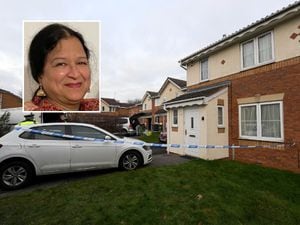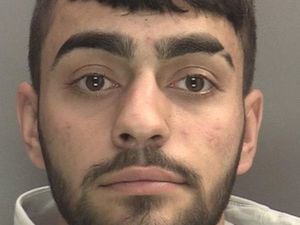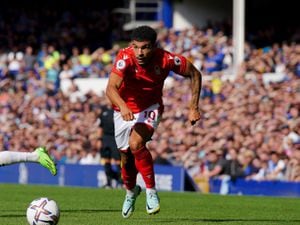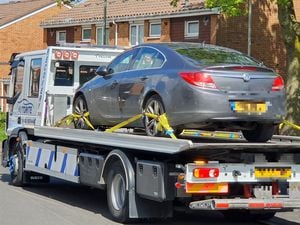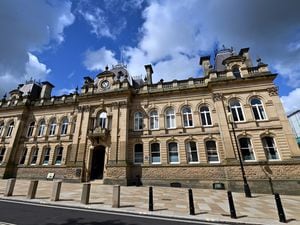How Black Country fuels Colombian drugs war between vicious cocaine cartels
Soaring levels of cocaine use in the West Midlands are helping fuel a brutal and shocking ‘forgotten war’ in Colombia, an investigation from the frontline in the war on drugs has uncovered.
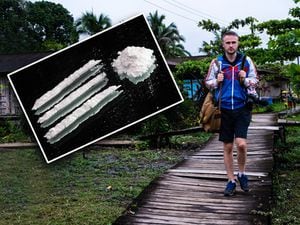
We have found the notorious white power produced from the coca leaf selling for as little as 80p a gram in the country’s capital Bogota, while in Wolverhampton it is fetching up to £100.
The highly-addictive drug is taking a 5,000-mile journey from the gang-controlled fields in the heart of the South American country down rivers and roads before being ferried or flown to Europe.
The passage is fraught with exploitation and violence – most of it unbeknown to the common cocaine user, whose growing appetite for the drug is feeding the terror and destruction.
Express & Star comment: Drugs trail of misery is worldwide
Latest figures from the Home Office show almost one in 50 people aged between 16 and 59 in the West Midlands take cocaine – but local evidence suggests it is higher, and the level is rising.
West Midlands Police Superintendent Jane Bailey, who is the force lead on drugs, said: “We know drugs are readily available. People, if they want to, know where to find them and will find a route to get them.
“Our job is to dismantle, disrupt and pursue the gangs while helping those who become users to get help for their addiction.”
Our report today comes in the wake of statistics revealing cocaine production in Colombia hit record levels in 2017, up to 1,379 tons, while the area of land has also increased to 171,000 hectacres – roughly the size of around 142,000 football pitches.
Most of the powder makes its way to north America, but millions of pounds worth is also trafficked across the oceans to Europe, and the UK.
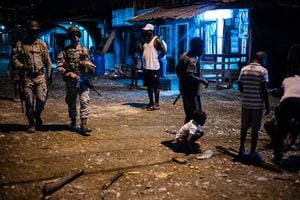
Latest figures from The National Crime Agency show it seized record amounts of cocaine in 2016, 60 tons from shipping containers alone.
Yet, in the same report from the NCA, the body admitted there had been ‘increased supply’ in the country which had reduced the need for suppliers to adulterate, meaning cocaine purity at street level is high.
Far from the line of cocaine dealt on the streets of the Black Country, the drug begins life in very different surroundings, where, in the depths of the Colombian jungle, the gun empowers armed groups fighting for control of the lucrative trade.
Most of the cocaine comes from the western-side of the Pacific region of the country where 65,567 hectares of land is used to grow coca leaves. It is by far the most profitable product for farmers to cultivate, despite them only receiving one per cent of its value.
Yet the increasing demand for cultivation areas is fuelling violence which is seeing long-established Afro-Colombian and indigenous communities being forced to move from their lands. They find themselves victims of massacres, threats of violence and intermediation.
A peace deal was signed between the Marxist rebel group, Revolutionary Armed Forces of Colombia—People’s Army (FARC) and the Colombian Government two years ago, raising hopes of an end to a civil war, which has claimed 220,000 lives.
But other armed groups have since emerged, continuing a power struggle funded the trafficking of drugs in a war where there is only one loser – the innocent, helpless communities caught in the crossfire.
Visiting the Waunamn tribe, displaced from their homes because of fighting and living in a disused school in Buenaventura, chief Flavio Opua tells me: “Far away citizens must be careful and understand that lives are worth more than a few hundred dollars.”
Weekend in Saturday's Express & Star - Chasing the Cocaine Cartel

